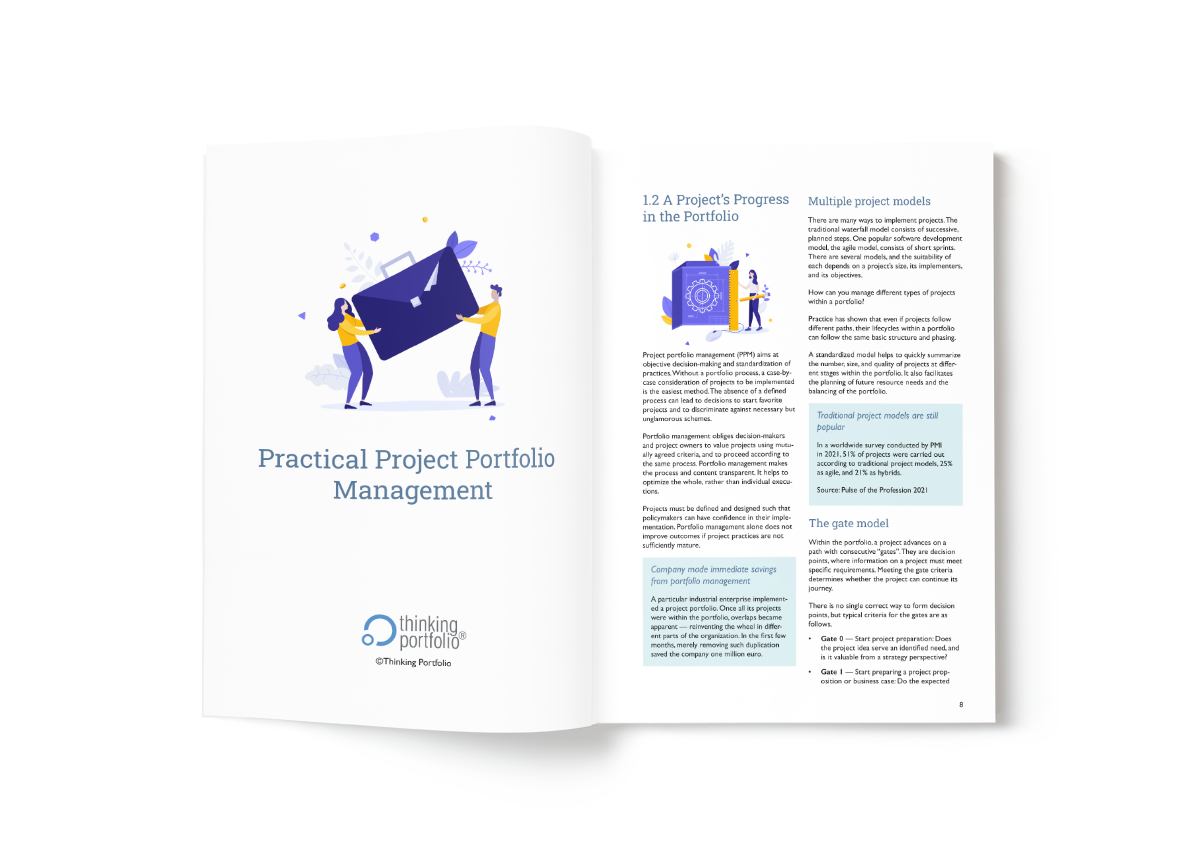Skip to content
6 Project Portfolio Management Tips for Beginners
Project portfolio management or PPM can be a tricky proposition for beginners. While there are several set methods to go about setting it up, you should follow a few tips and tricks that can bring you better results. The following six tips can help you make the best of your company’s PPM and provide quick, profitable and tangible results.
- Methodologies in project portfolio management can easily get outdated as they are static in nature. Instead of focusing on methodology, give your attention to PPM processes as well as best practices that can be scaled when necessary. Depending on the size and type of the project, these PPM processes should not just record the intended functions but also mark other factors including the 5 Ws and 1 H that is, who, why, when, where, what and how.
- Ensure that the best practices and processes you use for PPM have caretakers who regularly review and improve them. Whether through suggestions or periodical feedback, process owners for PPM can institutionalize the processes and improve best practices as well as execution capabilities. It is better to choose people oriented processes that serve specific functions to promote consistency and efficiency in knowledge sharing.
- Don’t wait for a problem to crop up before you review PPM processes. Ensure that you establish certain process owners and encourage them to find better and more streamlined ways to improve existing methods. Preparing for unexpected problems is an equally important part of maintaining a positive and effective portfolio.
- Do not adopt new processes for portfolio management and project management simply based on their current industry popularity. It is important to first find out the different processes that do or do not work for your organization. When managing different PPM processes, it is important to recognize and apply practices that extend beyond the industry standards.
- Apart from adopting the right methodologies, it is also important to create a secure space to store important project information and documents. This includes information like the deadlines for project reports, different methods to store project data through a PPM tool, risk analysis, earned value management and so on.
- Provide features and functions for collaborations in your PPM processes. Many organizations today want to use existing platforms for enterprise collaboration instead of placing information in additional repositories. Create new tools and processes for collaborated work to effectively manage multiple projects. This process can also improve the workflow and efficiency of the organization and lead to better management of the project portfolio.







